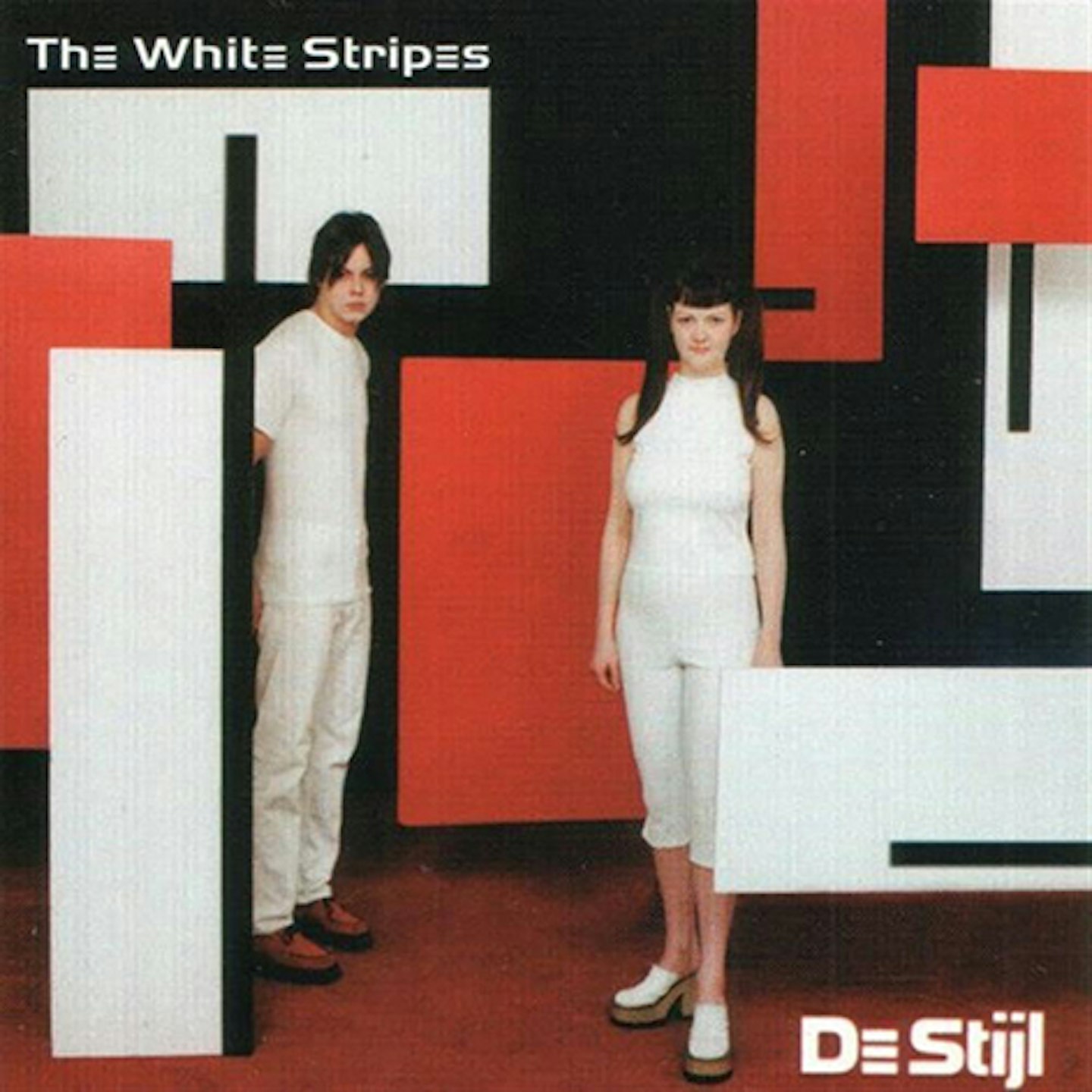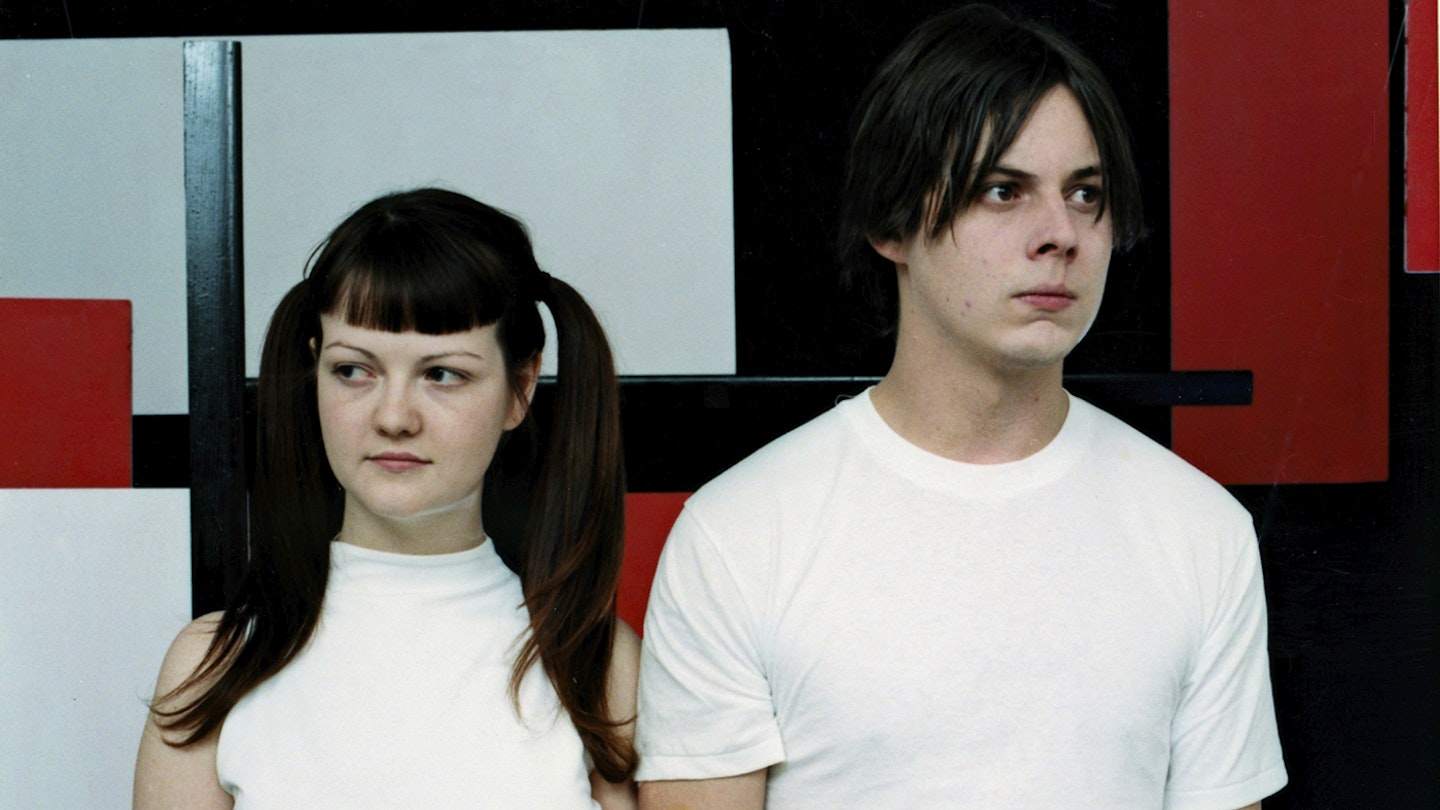With their 2000 album De Stijl, The White Stripes recreated rock from its base elements. To mark MOJO’s 30th birthday, Jack White looked back at the album that realigned guitar music for the following decade. “I loved that it was our own little world,” he told MOJO’s Andrew Male…
Jack White: “The studio where we’d recorded the first White Stripes album wasn’t that great. Most of the gear was broken. But we’d gotten hold of a nice half-inch 8-track through my brother for a few hundred bucks so we just fell into the notion that we’d make De Stijl in my living room. That was probably a bad idea because what happens when you try to do it in your free time is that days turn into months. That was my first lesson. You need to go somewhere else just because of the confinement and the constraints you set yourself. But the naivety of who Meg and I were at that time is very sweet looking back because it was total freedom. There was no responsibility, nobody had heard of us, no-one was telling us what to do, no-one was trying to sign us. We were still in Detroit, just me and Meg in that safe world.

"It was when we were recording this album that I had this sort of epiphany. I’d found a book on [the Dutch abstract art movement] De Stijl in a junk store and got obsessed with it. They were trying to break elements of design and art down to the simplest forms of squares and lines and primary colours and I thought, Well, this ties everything together. That’s directly comparable to the breaking down of music to just the blues and guitar, drums and vocals. So, we called the record De Stijl, which made some people think we were a fake band of first-year art students. At that time garage rock was so much about authenticity: anti-fake, anti-digital, anti-pop and we were completely constructed. Our red, white and black stage image did not follow any hipster rules. It was about grabbing hold of something and creating your own little world in a sea of people just wearing jeans and T shirts.
"I loved that it was our own little world we were creating back then and refining and taking to the next level: “Oh, that wasn’t for the photoshoot, they dress like that every day.” That changed when we met the mainstream. Meg’s drumming had come out of The Velvet Underground’s Moe Tucker, of Detroit bands like The Gories where their drummer, Peg, didn’t even have a skin on her bass drum. Nobody in the Detroit scene had a problem with Meg’s drumming. But when we started to get more press, I remember Meg saying to me, Jack, these guys are not gonna understand. They’re just gonna think I’m terrible compared to [Rush drummer] Neil Peart. I said, I’m here with you through all of that. They’re also gonna make fun of me. There’s nothing we can do. We were just like, Hey, people are gonna witness our world. We’ll put on a show.
"The De Stijl song that still stands out for me is You’re Pretty Good Looking (For A Girl). I wanted to write a song the way Michael Jackson did. He would just hum the music to himself and write the song around that. I made up that song while I was driving in the van, vocal melody and lyrics, then came home and put guitar chords and drum beat underneath it. It was melodic bubblegum pop and I remember people hearing that track and saying, Wow, that band got bad really fast. I wanted to show people, Even if we only make a couple of records we’re not just a one-trick-pony garage rock band. We would be multi-directional.
"That album could have just been all slide-guitar songs, though. I was so obsessed with it. That’s what’s happening with Death Letter and Little Bird and Sister Do You Know My Name. Maybe I took it too far with A Boy’s Best Friend Is His Mother. That one is almost too sad, too quiet, too slow. That was more emotional in ways that I couldn’t really figure out before. With our first album I’d have been too awkward to put in any emotional music but when we were at home recording ourselves I could do it for the first time.
"I still think De Stijl is one of the most important things I’ve ever done. We could have easily just remade the first White Stripes record, but we were in our small garage rock community, we didn’t have anything to prove to anybody else so it became more about proving to myself that I could do all these things and not just be this one chord wonder. If the band had broken up after the first album I’d have gone back to work, maybe formed a different band and never climbed past that stage of songwriting and artistry. _De Stijl_proved I could take this to other places. But it’s unbelievable that Meg came with me. People need to realise how shy Meg is. For her to sit down behind the drum kit is insane. But then to get on stage and sing into a microphone? Are you kidding me? It was unbelievable, a miracle, a blessing from above, just a beautiful, beautiful thing. People should write books about Meg White. To me she’s like Hank Williams or Jimi Hendrix. They are one in a billion. One in a billion.
.jpeg?auto=format&w=1440&q=80)
You're pretty good looking... Jack and Meg on their first MOJO cover. Issue #106, September 2003.
"I remember how much MOJO meant to me and Meg back then. They were little Bibles. We never gave a shit about being on the cover of anything, but I remember saying to Meg, “Wouldn’t it be amazing if we could get on the cover of MOJO one day?” and we both agreed. We both agreed that’s never going to happen."
This article originally appeared in MOJO 360.
Photo: Ewolf
